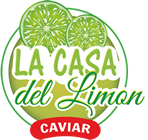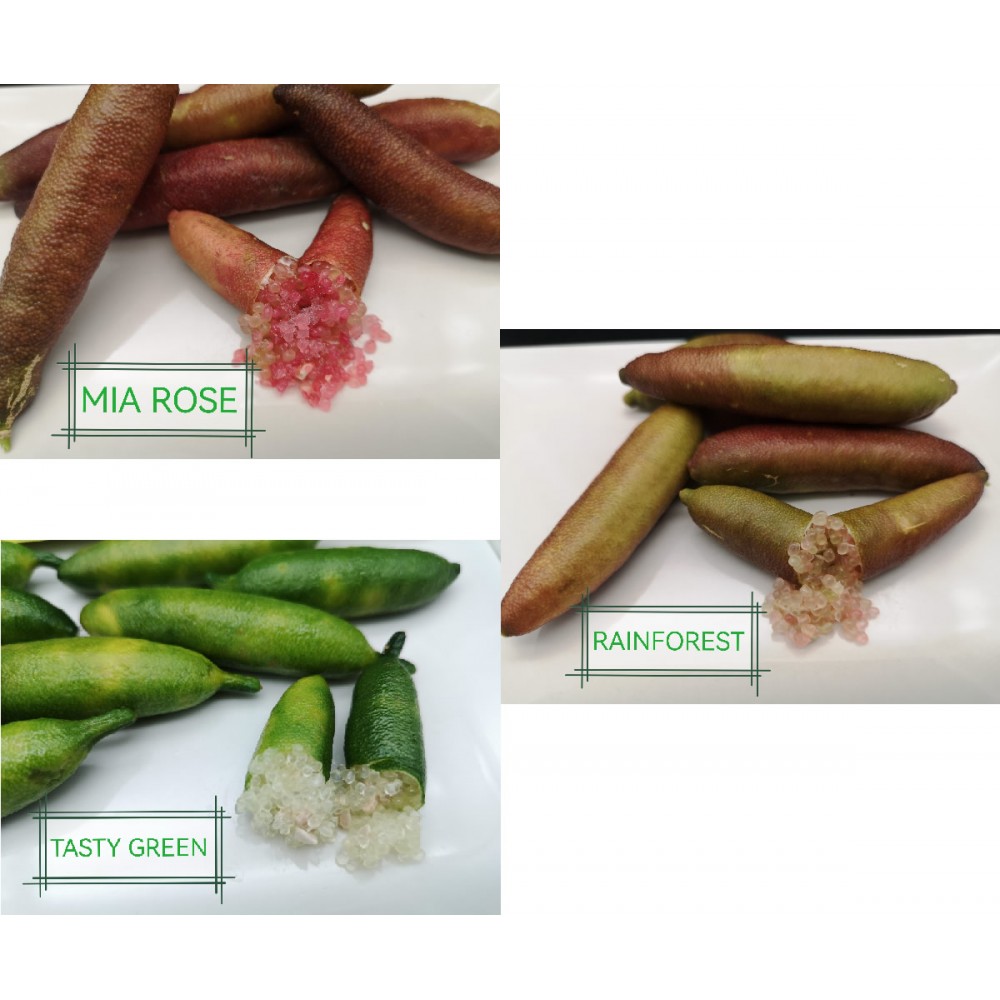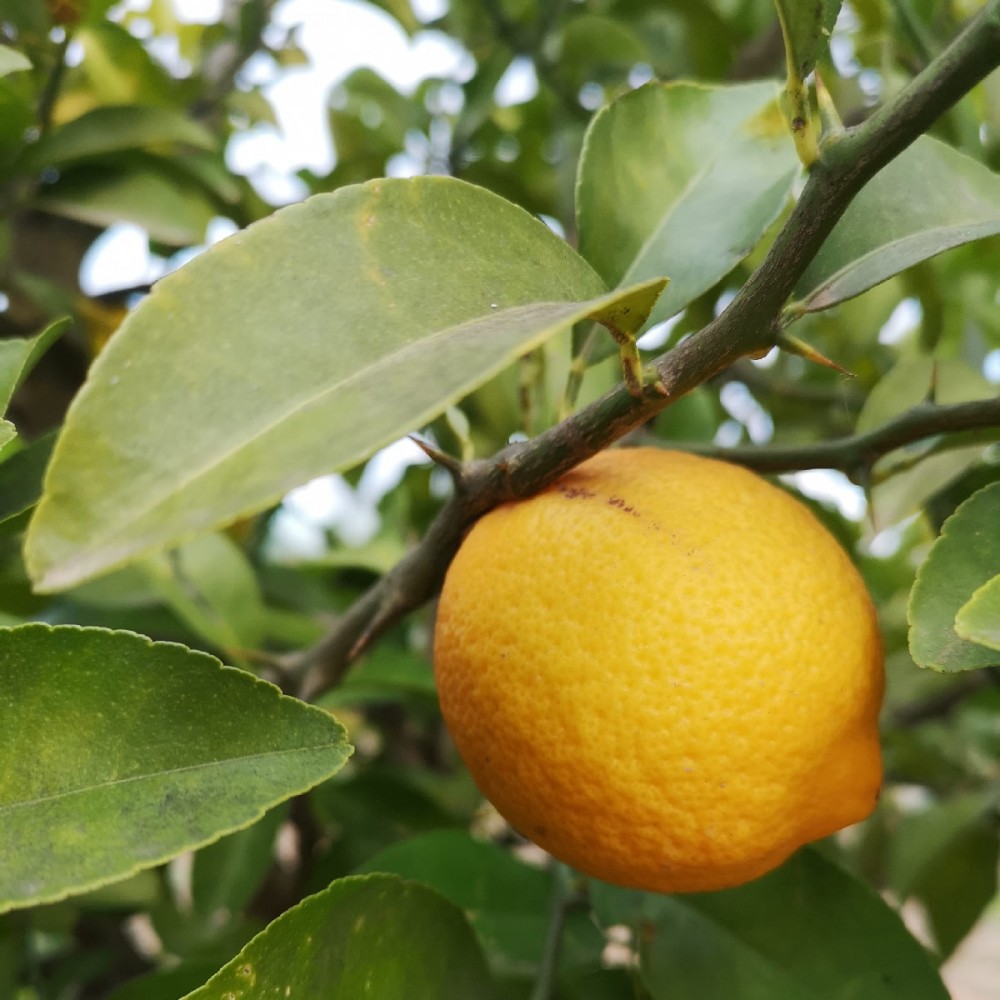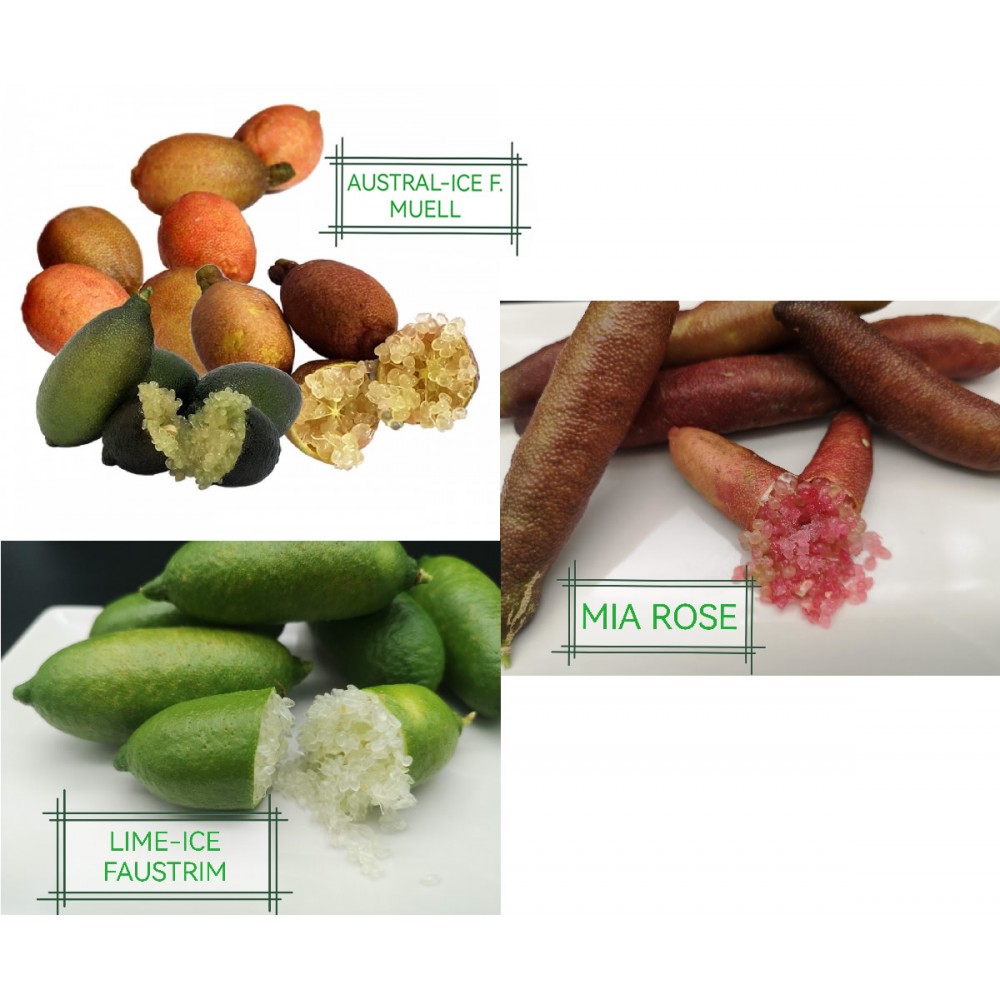Set of 3 : Rainforest Tastygreen Miarose - Seed Fingerlime
3 Bags of 4 Seeds. 4 Rainforest seeds + 4 Tastygreen seeds + 4 Miarose seeds
 Quality Product Warranty
Quality Product Warranty
Our field is in natural arboriculture, without pesticides or chemical fertilizers

Secure Fast Delivery
 Customer Service : +34 605.27.14.80
Customer Service : +34 605.27.14.80
We answer almost all the time, and we are often in the field :)
RainForest is one one of the oldest type fingerlime caviar fruits.
The caviar pearl is small, dew, not very acidic.
The RainForest Lemon Caviar Tree plant is vigorous and develops a dense canopy.
To grow the RainForest Lemon Tree, it will need good humidity, otherwise the fruits will remain small.
Tasty Green is one of the largest fingerlime type caviar fruits.
The caviar pearl is small, clear, not very acidic.
The Tasty Green Lemon Caviar Tree plant is vigorous and develops a dense canopy.
To grow the Tasty Green Lemon Tree, it will need good humidity, otherwise the fruits will remain small.
This variety has the particularity of flowering all year round and will produce smaller fruits during the winter months.
This variety is also called "Lemon caviar Chartreuse"
MiaRose is exceptional among fingerlime type caviar lemon fruits.
The caviar pearl is small, red to fuchsia, not very acidic, very fruity.
The MiaRose Lemon Caviar Tree plant is vigorous and develops a dense canopy.
To grow the MiaRose Lemon Tree, it will need good humidity, otherwise the fruits will remain small.
Each variety is packaged separately in an individual bag.
How to Sow Lemon Caviar Seeds:
- Soak the pip seeds in water for 12 to 24 hours.
- Sow seeds by pressing them lightly into the substrate (approximately 5 mm)
- Sow the seeds in a well-drained germination substrate, if possible 1 seed per plot, in a mini-greenhouse to maintain a minimum temperature of 25°C.
- Keep moist, cool but not soggy.
- The emergence of the plant generally occurs between 20 and 40 days (3 and 5 weeks with a success rate of around 70/80%).
- Be careful, excess heat or humidity can cause seeds to rot.
- When your plants have reached a height of 10/15cm, you can place them in individual pots with a substrate specific to citrus fruits, or composed of 1/3 garden soil, 1/3 horticultural soil, 1/3 sand rude.
General information on the cultivation of Lemon Caviar, in Europe:
- In open ground, better under minimum temperature of 5°C. Some go as low as -5°.
- Or in a greenhouse for the winter period.
- The Caviar lemon tree Fears strong and very dry winds.
- Example of substrate to use: 1/3 garden soil, 1/3 horticultural soil, 1/3 coarse sand.
- It thrives in rather acidic soil (pH 5.5 to 7)
- Keep the soil moist, cool but not soggy, all year round (a little less in winter).
- Exposure: Full sun.
- Flowering: March - June (depending on the varieties)
- Harvest: End of August to November (depending on varieties)
We have a plantation of 400 caviar lemon trees, with 18 varieties. these trees produce fruit, from which we extract the seeds. We therefore know the quality of these unique seeds, which will surely give the expected variety and fruits.
#seedslimoncaviar #seedslimon
Data sheet
- Origin
- Spain
- Packaging
- Paper Bag
- Quantity
- 3 bags of 4 seeds
- Plant type
- Agrumes, Citricos, Citrus
- Family Class
- Rutaceae
- Common name
- Citron caviar (fr), Citron perles (fr), Caviar Citrico (es), Caviar de Limón (es), Limón Perlas (es), Limon Caviar (en), Finger Lime (en)
- Variety
- Microcitrus australasica var. Mia Rose
Microcitrus australasica var. RainForest
Microcitrus australasica var. Tasty Green (Chartreuse)






